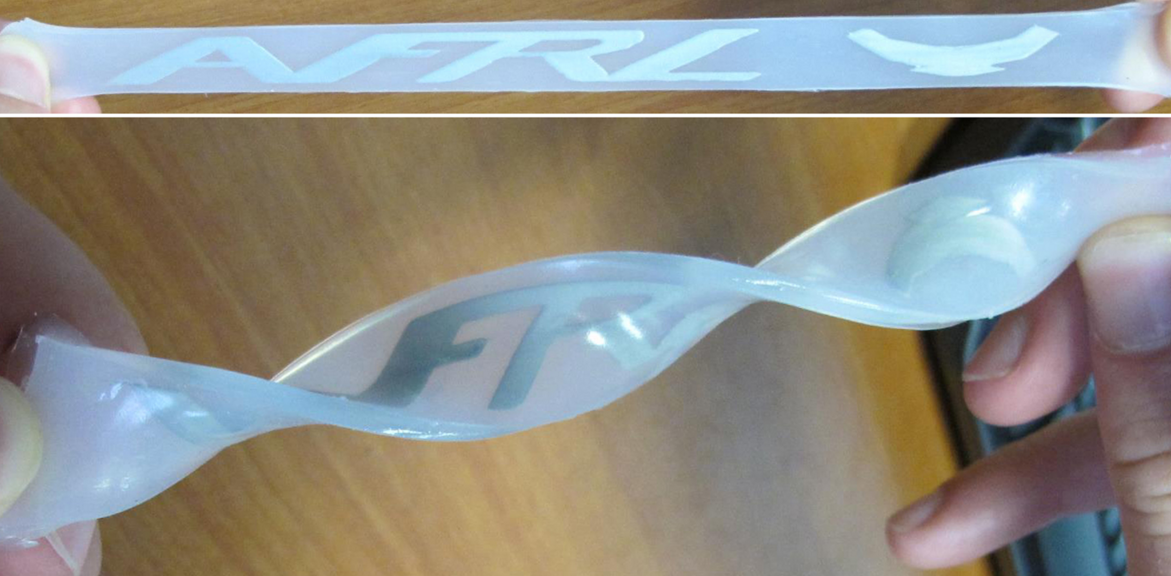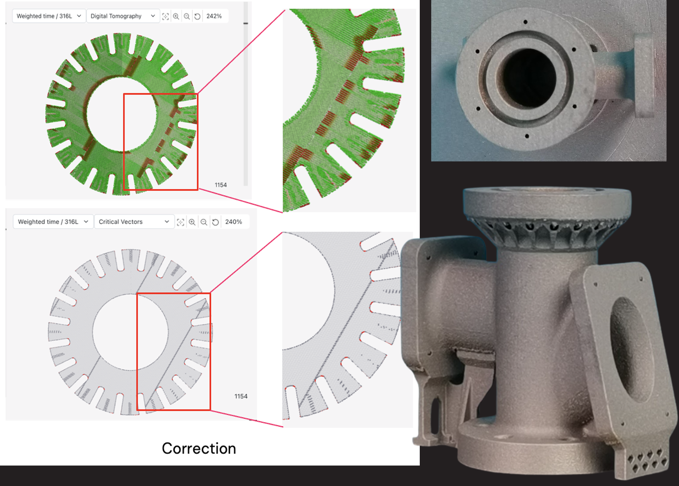Several research labs are introducing electronic bandages that have the ability to monitor health conditions and can bend to the shape of hard-to-reach body parts. These stretchable and flexible bandages have a wide range of applications that can target potential medical issues. Over the last few years, material scientists and chemists have collaborated to explore the military applications of such bandages that can work in combat situations. Their application in harsher environments, such as explosive devices and aircraft, are being currently tested by scientists.
At the 250th National Meeting & Exposition of the American Chemical Society (ACS), several research teams introduced their views on the technology of bendable electronics that can be stretched and can change their configuration based on the user preference and the type of condition. The fabrication of such devices was made possible by turning the liquid form of Gallium alloy into an interconnecting material.
These types of liquid alloys generally oxidize in a matter of minutes and become useless, but a team of scientists has managed to dramatically reduce these oxidative effects by using ionic species that are enclosed in the walls of the micro-vascular channels in the flexible substrates. The result is a thin, flexible, and foldable material that allows electronics to be imbedded in its structure. This will enable material scientists to incorporate complicated circuitry into tight spaces that can even be integrated into complex carved surfaces, like a person’s skin or an airplane’s wing.
Benjamin J. Leever, a researcher at the Air Force Research Laboratory at Wright-Patterson Air Force Base, said in a statement, “Basically, we are using a hybrid technology that mixes traditional electronics with flexible, high-performance electronics and new 3-D printing technologies. In some cases, we incorporate ‘inks,’ which are based on metals, polymers, and organic materials, to tie the system together electronically. With our technology, we can take a razor-thin silicon integrated circuit, a few hundred nanometers thick, and place it on a flexible, bendable or even foldable, plastic-like substrate material.”
For aircraft applications, the flexible hybrid system can be used to examine stress and strain factors and can use miniature imbedded antennas to relay that information to ground crews or pilots. This same approach can be used to monitor the health of the pilot, which will include bio-sensors that can monitor heartbeat, sweat, hydration level, body temperature, and other vital signs through the microscopic circuitry.
This innovative system will be imbedded into a wearable watch, patch or band that will relay a complete set of information about every bend, stretch, and movement of the pilot to the ground crews. This will also help them to determine fatigue level or any other potential cognitive challenges that can be calculated in metric measurements and relayed in real-time to the ground towers.
The Wright-Patterson team is part of a newly created Department of Defense-led Flexible Hybrid Electronics Manufacturing Innovation Institute, which over the course of the next five years will be offered grants up to $75 million for the development of these hybrid electronic ribbons for domestic use. Leever said in a statement, “Overall, the military has the advantage of being able to move ahead with potentially higher risk research. Commercial investors want a clear demonstration before making an investment. The military can pursue possibly transformational applications at earlier stages if we see a promising approach to realize and advance a technology’s revolutionary potential. When we are successful, the commercial sector directly benefits.”







